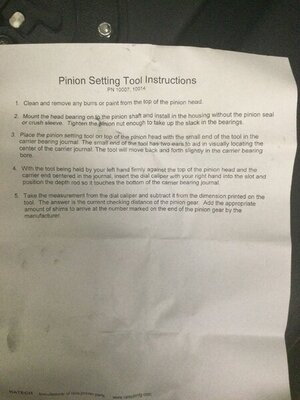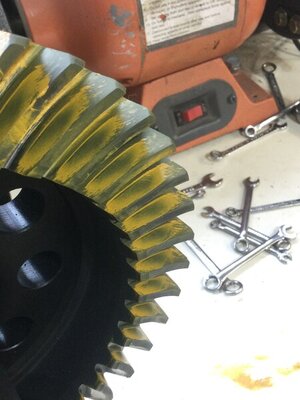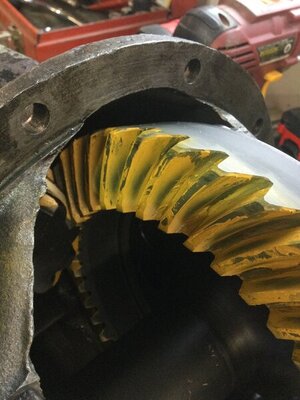LemonWedge
Well-Known Member
I’ve set up a few gear sets over the years. I usually just start with .090 shim behind the pinion, and start with trial and error from there. I have a rheemed out pinion bearing to make things easier, and this time around I decided to grab this little Ratech pinion depth tool. So far all it’s doing is confusing me.
Its supposed to be pretty simple, and it is simple to use; but the numbers I’m coming up with are right enough to make me think there’s just something I’m missing, but wrong enough to make me think the tool is useless....
Check out the video and let me know what you think. Is there something simple here I’m missing?
interestingly, I saw a thread somewhere from a guy using the same tool, and I swear he was having the exact same issue I am, but I can’t find that thread now.
Its supposed to be pretty simple, and it is simple to use; but the numbers I’m coming up with are right enough to make me think there’s just something I’m missing, but wrong enough to make me think the tool is useless....
Check out the video and let me know what you think. Is there something simple here I’m missing?
interestingly, I saw a thread somewhere from a guy using the same tool, and I swear he was having the exact same issue I am, but I can’t find that thread now.
Last edited:



















